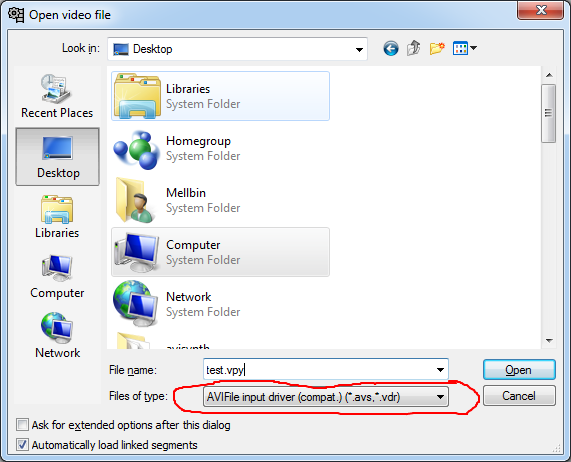Another few days have passed and the VFW module is now ready for a first test out in reality. It supports all the same output formats as Avisynth 2.6 plus one more! (which you will probably never use) I have decided that the official extension for these virtual avi scripts should be .vpy. Think Video PYthon script to remember it. It was the best I could come up with that wasn’t used by something else as well. The VFW part has been tested with AVISource in Avisynth, MPC-HC and VirtualDub. Out of these VirtualDub is the only one that needs a small workaround since it detects the special compatibility mode based on file extension, you MUST SELECT the compat option in the File\Open dialog or it won’t open.
Of course there’s also a bunch of other changes such an installer that comes with all the needed runtimes, the usual pile of Python module fixes and other things. Release early, Release often as the saying goes. My schedule is to try to make a new release every time I cross off something on the todo list.
I have also added a donation button. At least consider using it. Click on it once and then quickly close the window if you don’t want to donate anything. I will however never threaten to stop the project or anything else that’s close to drama if donations are low.

